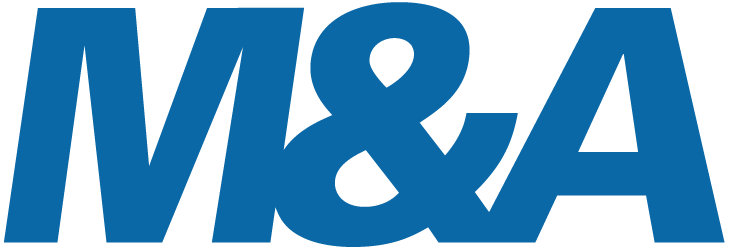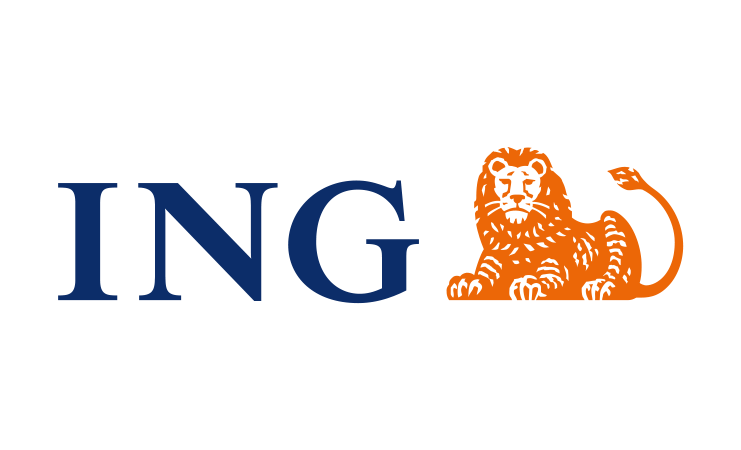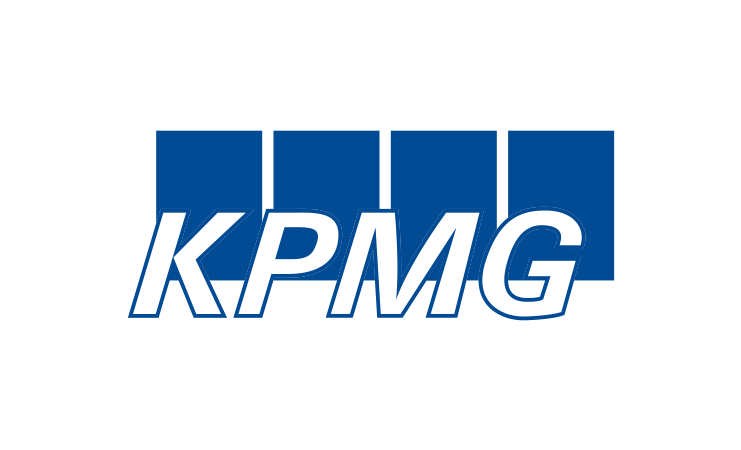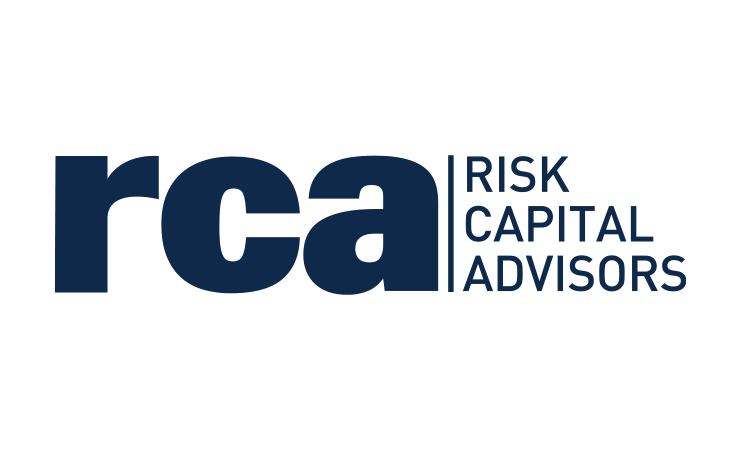How to deliver a buy-and-build programme which maximises value

21 oktober 2022
Offered by:
M&A activity saw a buoyant resurgence in 2021, as activity slumped in H1 2020. As the world emerged from the coronavirus pandemic early 2022, activity remained strong even if slightly lower than 2021’s pent up demand.
However, not all of the world has emerged from the pandemic, and as demand has outstripped supply in the global economy, many countries are facing high interest rates as central banks battle to control inflation.
This compounded with conflict in Ukraine has sent many commodity prices skyrocketing – putting a squeeze on businesses’ overheads as they seek to balance an increasing cost base with price inflation.
Many, including the Bank of England, predict recession; a drying up of capital, and M&A activity diverting to less traditional means of driving value. One of those scenarios includes buy-and-build – whereby an investment firms uses a vehicle, or platform business, to drive growth through rapid acquisition and integration of similar businesses in the same sector.
The strategy is attractive; transactions can be de-risked as the platform business perfects the diligence and integration delivery, and arbitrage on deal multiples favors larger businesses where and investors can ride the growth wave.
However, the strategy isn’t without its risks; platform businesses are a single point of success and failure, and are often highly leveraged to deliver a steady deal flow. Buyers are also now more critical of businesses who have delivered growth through buy-and-build, as inadequate or incomplete integration erodes value in the eventual sale process.
In this document, we outline the key themes we are seeing within buy-and-build, as well as our key considerations on how to ensure success both during diligence and during integration programs.






















